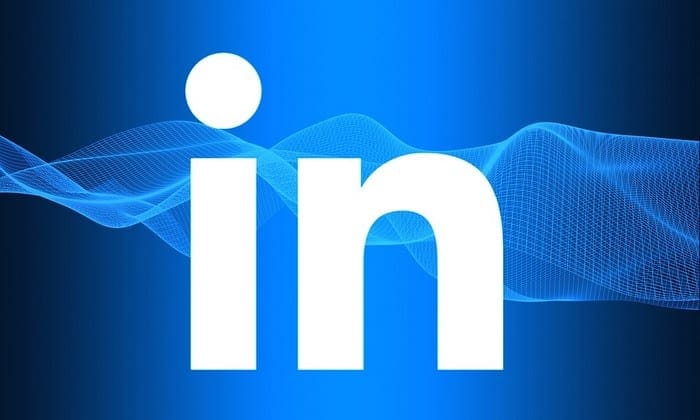Lots of news articles refer to the “dark web”, but very few actually discuss how to access it. This is mostly because a lot of websites there host illegal content of one sort or another. Many of the illegal things on sale on the dark web are real, such as drugs, weapons, hacked accounts, and copyrighted content. Some of the more sensational things you hear about on the dark web are scams though. One example is hitmen, most, if not all of the hitman services are scams.
Before you access the dark web though you need to know what it is and isn’t. The term dark web is often incorrectly used interchangeably with the term “deep web”. The deep web is the portion of the internet that can’t be directly accessed and is invisible to search engines like Google. The deep web includes the content of some social media accounts, email accounts, private databases, etc. Anything online, but not directly accessible without credentials is considered the deep web.
The dark web is a collection of hidden servers that are connected to the internet but use a different addressing system to communicate, one that lets their identity remain private. Servers on the dark web are called onion services and you need to use the Tor Browser to access them. The Tor Browser is specially designed to be able to access the Tor network and the onion services within.
To access the dark web you need to install the Tor Browser from the Tor Project website. The Tor Browser is built on Firefox but removes and disables a number of features that could be used to reveal your IP address.
Once you’re using the Tor Browser, you can browse to any website as you would normally, but now you can also browse onion services. There is a helpful wiki site that provides links to a range of onion services and describes what they do. The easiest way to get around the web though is with a search engine.
Tip: Be very careful when using the dark web, while some sites are scams, if a site is marketed as showing content such as graphic violence, it really will contain that. You shouldn’t click on links thinking that it can’t be that bad. It’s best to only access those sites that you know you want to, and not getting too curious.
One dark web search engine is Torch. Torch’s home page describes that it doesn’t censor or log any searches or include any sort of tracking code. To access Torch’s dark web search engine, you need to browse to http://cnkj6nippubgycuj.onion/.
There are probably two things you notice about that URL. One thing is that the URL ends in “.onion”, this is the equivalent of “.com” and is used exclusively for onion services. The other thing is that the URL name is gibberish, this is because the names of onion services are randomly generated based on an encryption key that is created when the onion service is set up.
Tip: You can browse to any onion service in the same way that you would browse to any other website, you just need the URL. The only restriction is you need to connect through the Tor network.
One thing to remember when using Tor is that your ISP can see that you are doing. Just like when using a VPN, your ISP can’t see what website or onion service you’re accessing, but they can see that you’re using the Tor network. Some ISPs prohibit this, others will take it as a sign that they need to monitor your usage more closely. To avoid this, you can combine Tor with a VPN, this way your ISP can only see that you are using a VPN.
Tip: You should only ever connect to your VPN and then use Tor, rather than the other way around. If you connect to your VPN first, then your Tor traffic goes over the VPN. If you connect to Tor first, then your VPN traffic goes over Tor, giving you no extra privacy while still slowing down your connection.





i need to get into hotmail account for which in longer rememer password, or have same cnnected phone number. desperate situation.